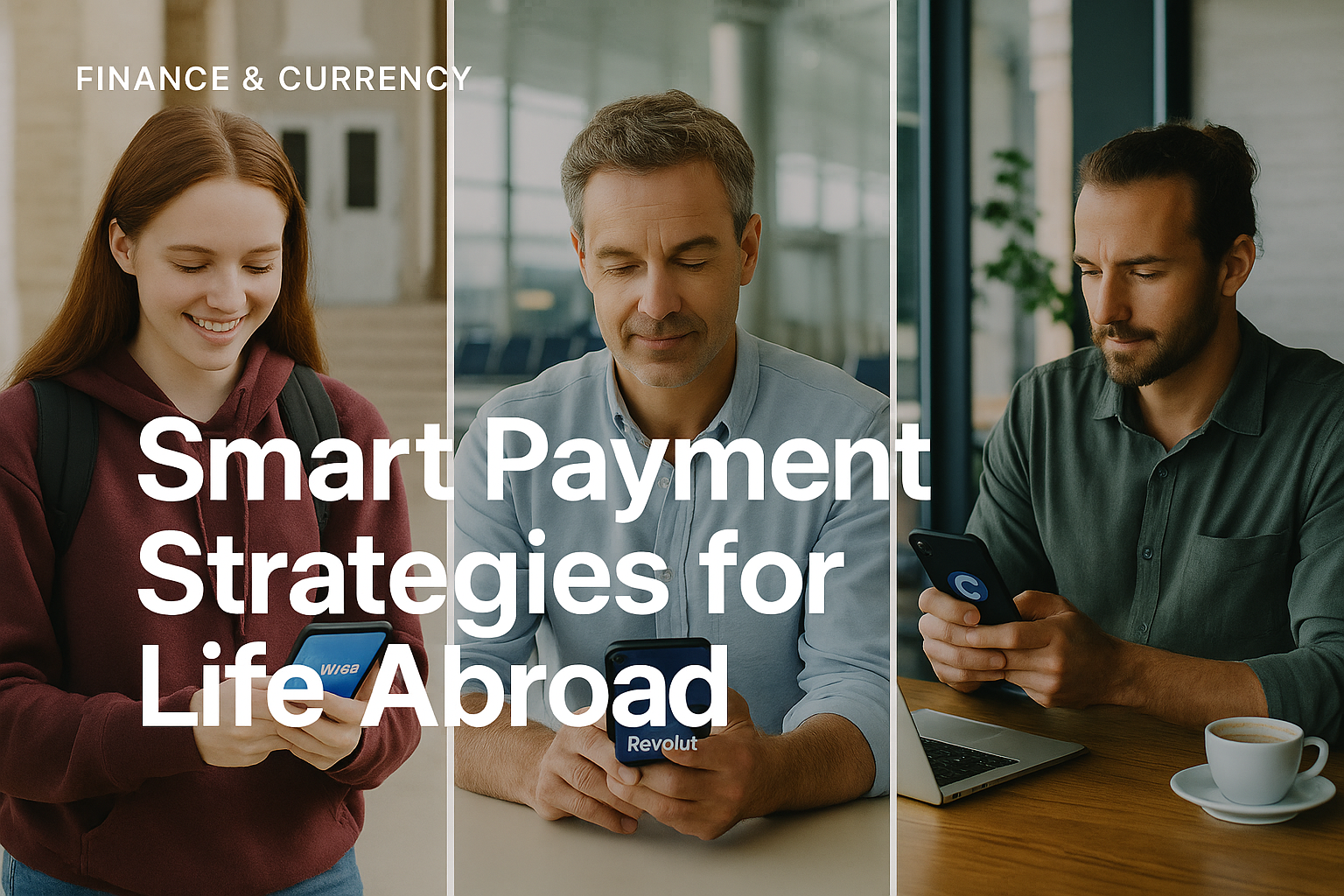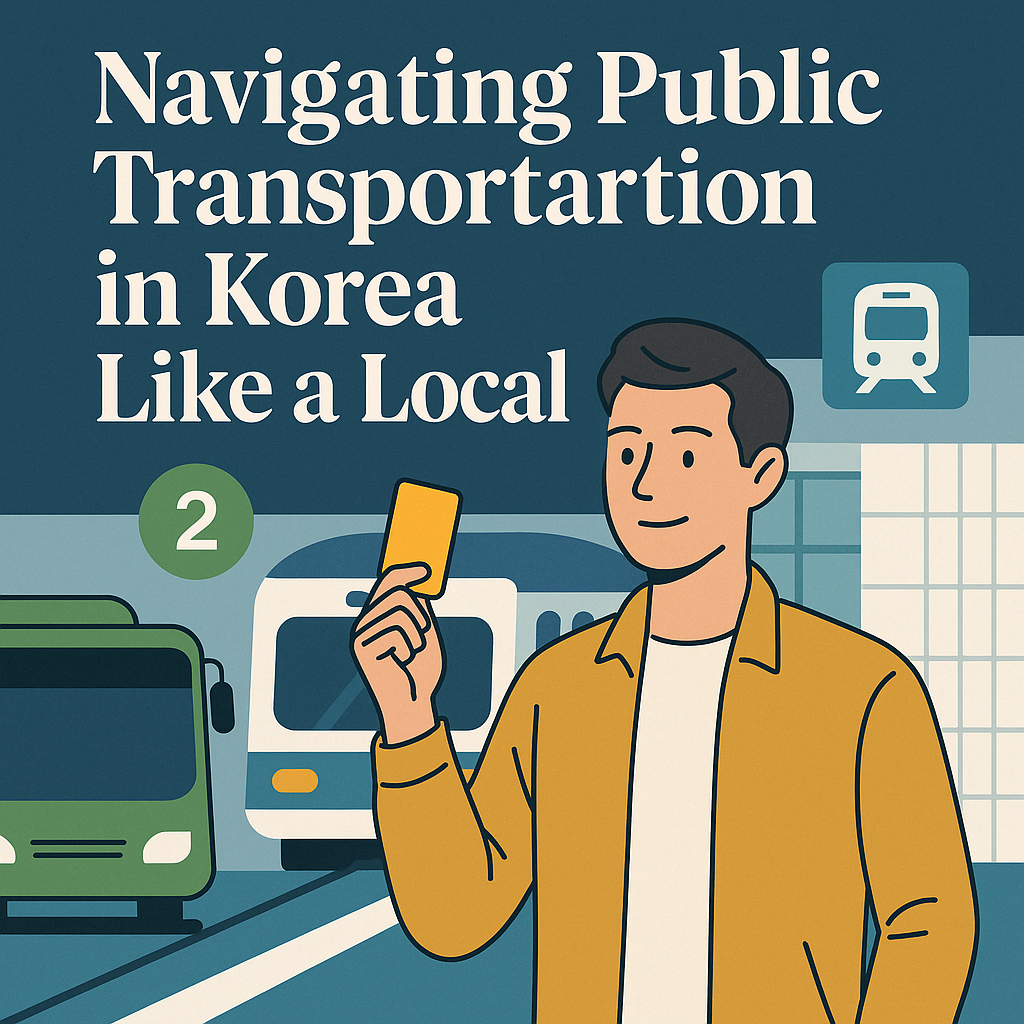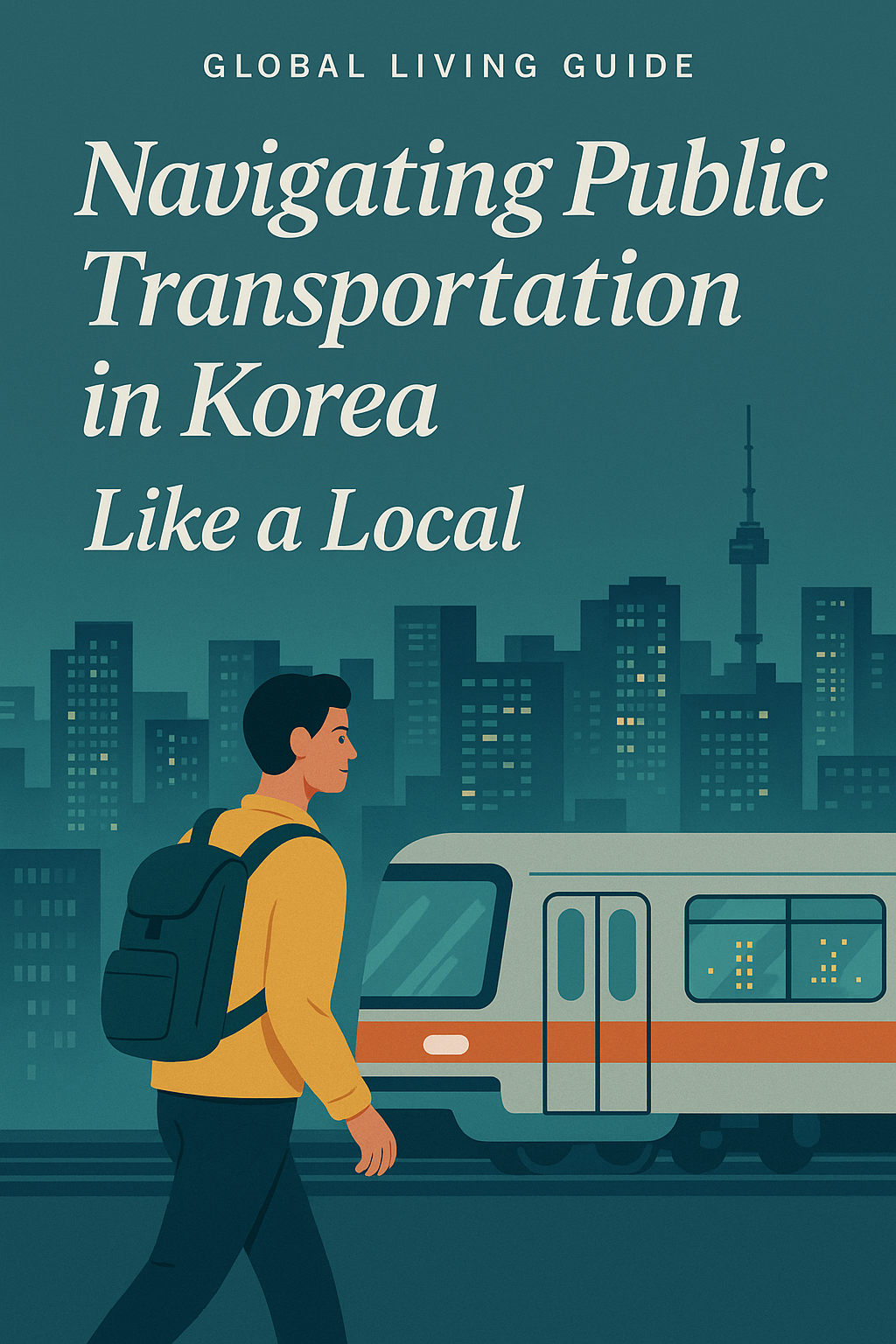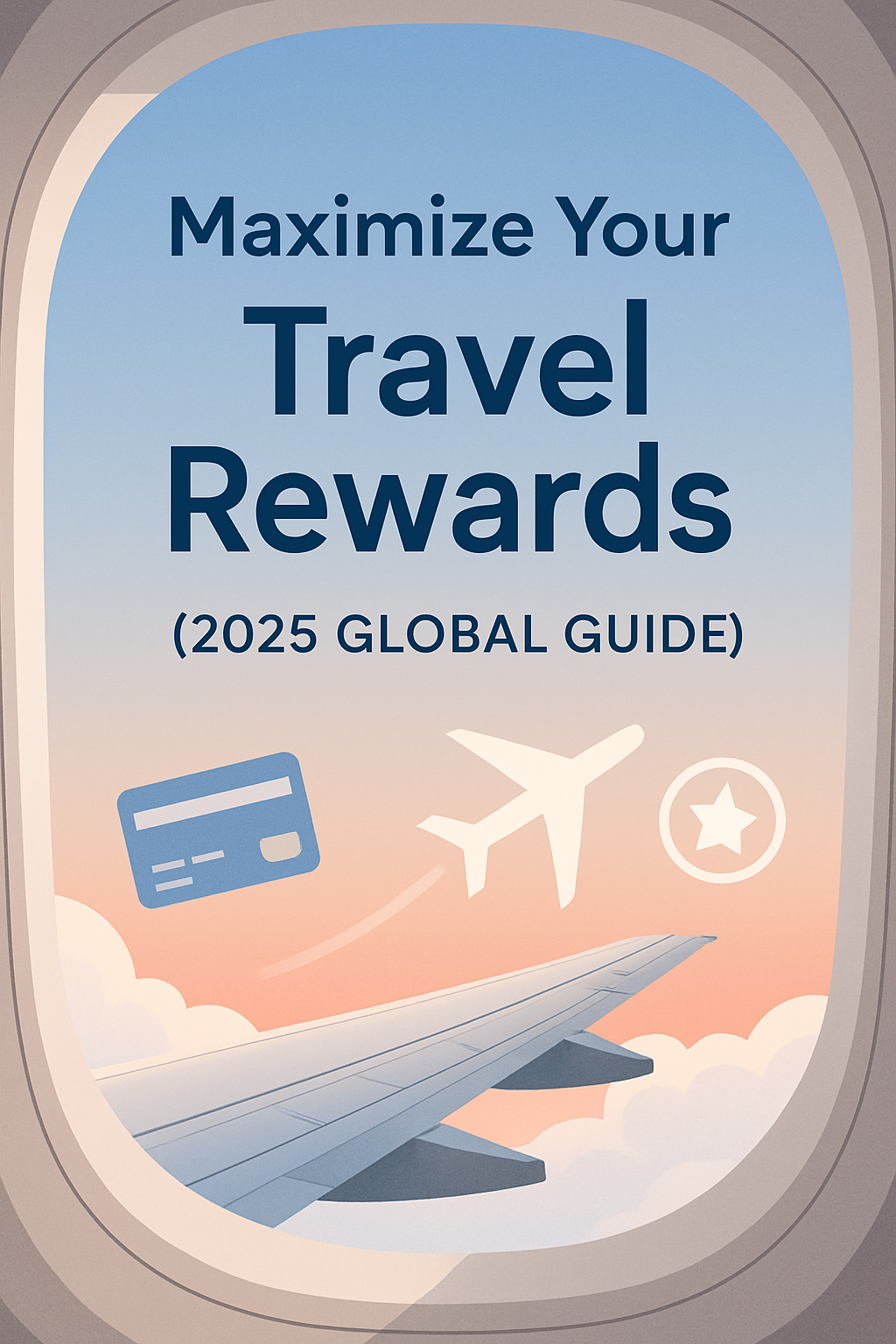The way we handle international money is changing fast—and if you’re relying on tools from 2020, you’re already behind.
To stay ahead financially in a global world, you need more than a good bank—you need a global payment strategy that evolves with the future.
This article outlines the top 5 trends shaping international payments beyond 2025, and how you can prepare your finances now to save money and stay flexible.
1. The Rise of Multi-Currency Digital Wallets
Global consumers are moving away from single-currency banking.
Instead, they’re using multi-currency wallets that allow them to:
- Hold balances in 10+ currencies
- Instantly convert at real exchange rates
- Spend globally with no fees
What to watch:
- Google Wallet and Apple Wallet are adding support for multi-currency layers
- Startups like Wise, Revolut, and N26 will expand local banking features
- Expect unified wallets that merge crypto, cash, and credit
2. AI-Optimized Currency Conversion
Today, most people convert manually or rely on preset rates.
In the near future, AI-powered platforms will optimize currency conversion in real-time.
How it works:
- AI monitors exchange rates, usage patterns, and market events
- Automatically triggers conversions when rates are most favorable
- Uses predictive analysis for long-term travel or cross-border salary planning
Example:
You’ll land in Tokyo, and your wallet will auto-convert just enough to cover local expenses—at the best rate from the last 2 days.
3. Biometric Authentication for All International Transactions
Passwords are dying.
By 2026, fingerprint, facial recognition, and even voiceprint will dominate payment authentication—especially for international transactions, where fraud risk is higher.
Implication:
- Faster, safer logins to wallets and banking apps
- No need for PINs or codes in foreign ATMs
- Seamless identification across borders
Tip: Choose wallets now that support biometric login and plan for secure facial ID devices.
4. Smart Global Tax Integration
As cross-border work grows, global tax management will be built directly into fintech apps.
What’s coming:
- Automatic categorization of income by country
- Auto-generated tax reports for remote workers, freelancers, and expats
- Real-time alerts on local tax rules (e.g., VAT, withholding)
Best apps to track:
- Deel
- Wise Business
- Expensify with international plugins
5. Cross-Platform Finance: One Interface for All Payments
In the future, you won’t switch apps for banking, crypto, P2P payments, or invoicing.
Instead, a single global dashboard will manage your:
- Credit cards
- Crypto wallets
- Freelancer payments
- Business invoicing
- Currency conversions
- Government tax filings
This cross-platform finance model will eliminate app fatigue and centralize control.
Final Checklist: How to Future-Proof Your Global Payments
Use a multi-currency wallet (Wise, Revolut, or N26)
Choose wallets that support biometric login
Set up AI-based FX tools (when available)
Track apps moving into tax integration (Wise Business, Deel)
Prefer platforms with all-in-one global finance tools
Why This Matters
You don’t need to predict the future—you just need to prepare for it.
Smart global payment habits in 2025 will shape your financial efficiency for the next 10 years.
If you’re earning, spending, or investing across borders, your money should move like your life does:
Borderless. Instant. Automated. Smart.









